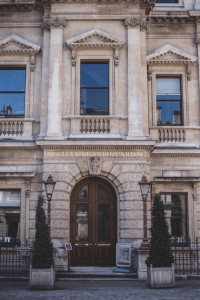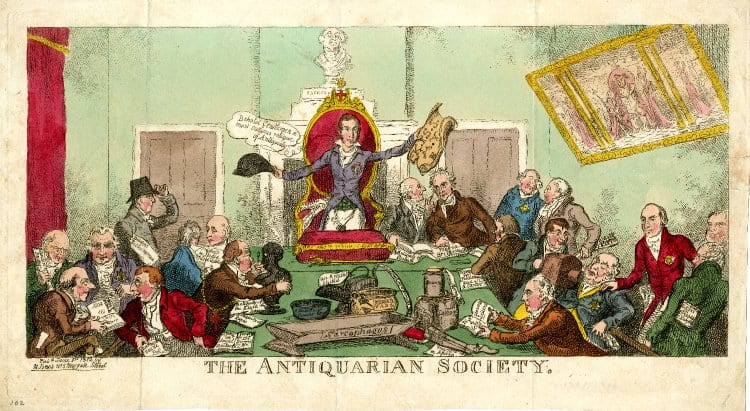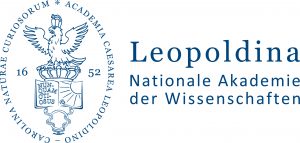In the pursuit of antiquarians: attending the second Collective Wisdom conference (1-2 April 2019)
Jana C. Schuster (University of Cambridge)
A great conference is defined by a few factors: the smooth running of the programme, stimulating and engaging lectures, the ambience of the setting, for people to attend with an open and curious mind, and of course the quality and frequency of the tea, coffee, biscuits and lunch offered to hungry delegates. It will come to no surprise that a venue as beautiful and seasoned in hosting lectures, conferences and study sessions as the Society of Antiquaries makes the success of any conference almost a given. It certainly did in this instance.
The Collective Wisdom conference series – of which this has been my first to attend – is by the nature of the questions it tries to answer one which brings together people from a wide range of professional expertise and disciplines. The aim of this Collective Wisdom conferences was to gain a better understanding of how the modern museum and science collections came together through the Cabinet of Curiosities, and through learned societies like the Royal Academy, the Society of Antiquarians, the Egyptian Society and the Spalding Gentlemen’s Society. In the true definition of ‘interdisciplinary’ research – currently the favorite word of universities, funding bodies and academics alike – for this workshop, experts in the history of, science, archaeology, art, architecture, collecting, printing and philosophy, to name but a few, came together (Fig. 1), both from universities and the museum sector.
Conferences often take place in interesting locations and are an opportunity to explore a new place. But I have attended few conferences where the venue was as befitting to the theme of the conference as it was in this instance: a group of academics, from a perhaps unusually wide range of disciplines, sharing their ideas and work on the history of scientific and antiquarian institutions, and the creation of learned societies from the seventeenth to nineteenth century. Where better to meet than at the beautiful London-home of the Society of Antiquaries, which has been residing in part of the west wing of Burlington House since 1874 (Fig. 2).
An opportunity such as this led to delightful references being made between the history of the Society of Antiquaries, and the building and organisation as it survives today. So, for example, Prof Stephanie Moser (University of Southampton) in the opening remarks of her stimulating Plenary lecture amused the audience by showing a caricature of members of the Society of Antiquaries by William Cruikshank (1872), studying, drawing and debating historic artefacts, presided over by their president who sits on a distinctly-shaped red chair (Fig. 3). Prof Moser, to the audience’s great delight, drew our attention to that same chair, still surviving in the very same room we were sitting in, and which still used by the current president of the society.
I feel I can probably speak for all conference attendees when saying that one of the things which made it particularly special was the opportunity to see some of the original drawings, manuscripts, field notes and diaries that formed the subject of the papers given. The society had prepared a display in its beautiful library, which at the end of the lecture sessions could be studied and discussed (Fig. 4).
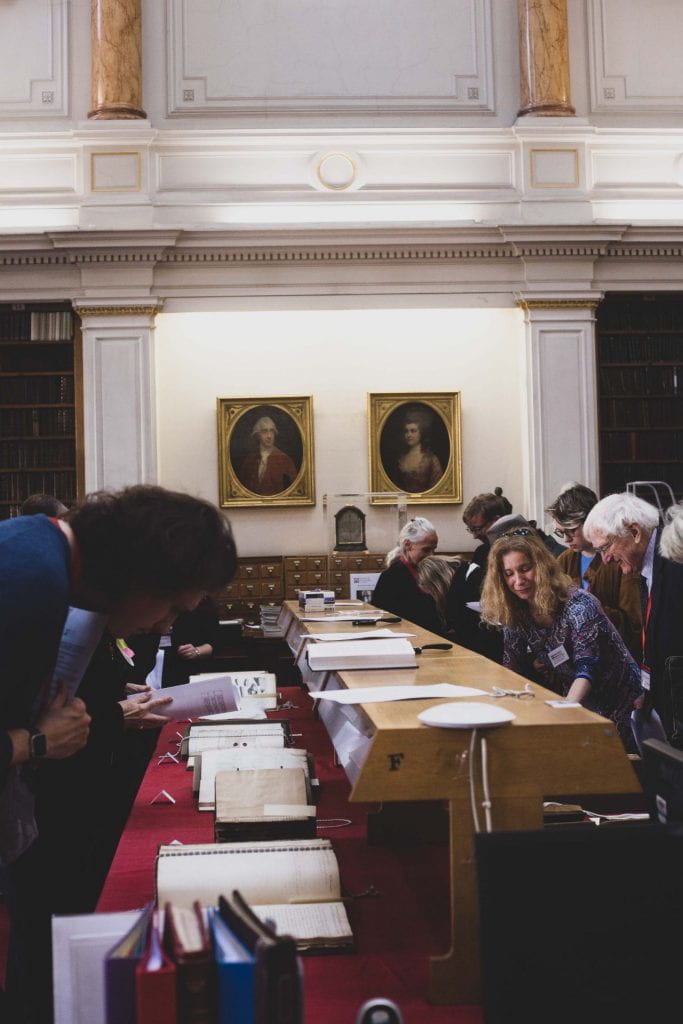
Figure 4. Conference delegates studying documents on display in the Society’s library. © Chelsea Brown.
It is never a given that lectures can come together with displays of the sources they discuss, and I feel that perhaps the most befitting example of this perfect alignment of circumstances was in an oil lamp. Not just any oil lamp, but a fourteenth-century bronze oil lamp which was found in 1717 at St Leonard’s Hill, Windsor, presented to the Society of Antiquaries by Hans Sloane in 1736, and which since 1770 has been the symbol of the Society: shining the eternal light of knowledge where there was once darkness (or something like that). Dr Kim Sloan (British Museum) traced the story of this little oil lamp in a very dynamic second Plenary lecture. The lamp of course isn’t able to actually burn eternally eternal (apparently it can burn for about one month), but it does survive, and the society displayed it in the library, together with William Stukeley’s 1718 drawing of the lamp in the society’s illustrated Minute Book (Fig. 5).
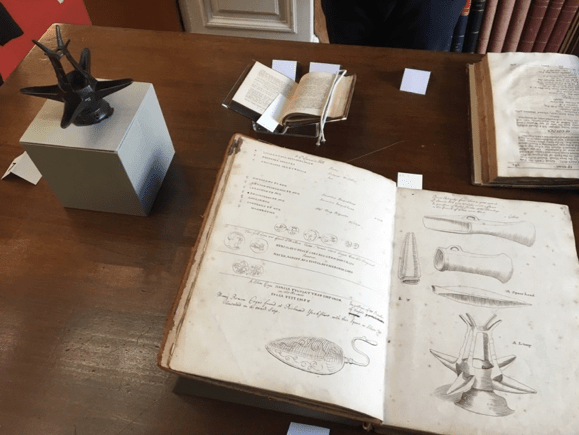
Figure 5 Society of Antiquaries display of its oil lamp and William Stukeley’s drawing of it. © Jana Schuster
Conferences are always a curious experience for which I find that the best strategy is to not have any expectations, but only a hope to be delighted and to meet interesting people who have been doing great research. I am currently working on my PhD in architectural history at the University of Cambridge, which normally sees me running round the departments of art history and architecture, paying occasional visits to the history faculty. My thesis looks at the life and architectural works of the second Duke of Montagu (1690-1749), whose name is generally not widely known in these circles (something I am hoping to rectify). Knowing of the quality of speakers who would give papers, I knew that Collective Wisdom had the potential to be a very special and particularly good conference. And I hoped that perhaps some of the people there might be familiar with the second Duke of Montagu, who was a member of most learned societies in London. But it still came as a delightful surprise when many of the papers ended up mentioning Montagu, a key character on the periphery of people such as Martin Folkes, William Stukeley and Henry Baker – scientists, antiquarians and scholars who were much discussed at the conference.
I was therefore utterly delighted to find myself at a conference, listening to people’s fascinating research, and being able to share some of the things I have been discovering about Montagu’s role in antiquarian and scientific endeavours. Not only that, the conference left me with pages of notes about books, archives, sources and contacts to follow up on which I believe will become quite significant for my thesis. To finish a conference somewhat exhausted from its intensity is quite normal, but to finish it elated about the potential discovery of major new primary sources and a potential new angles for one’s work is a different matter altogether. All in all, I feel it was a resounding success, and I can only thank Prof Anna Marie Roos (University of Lincoln) and Prof Vera Keller (University of Oregon) for organising such a superb workshop, for inviting me to chair a panel session, and to everyone who attended and contributed.


